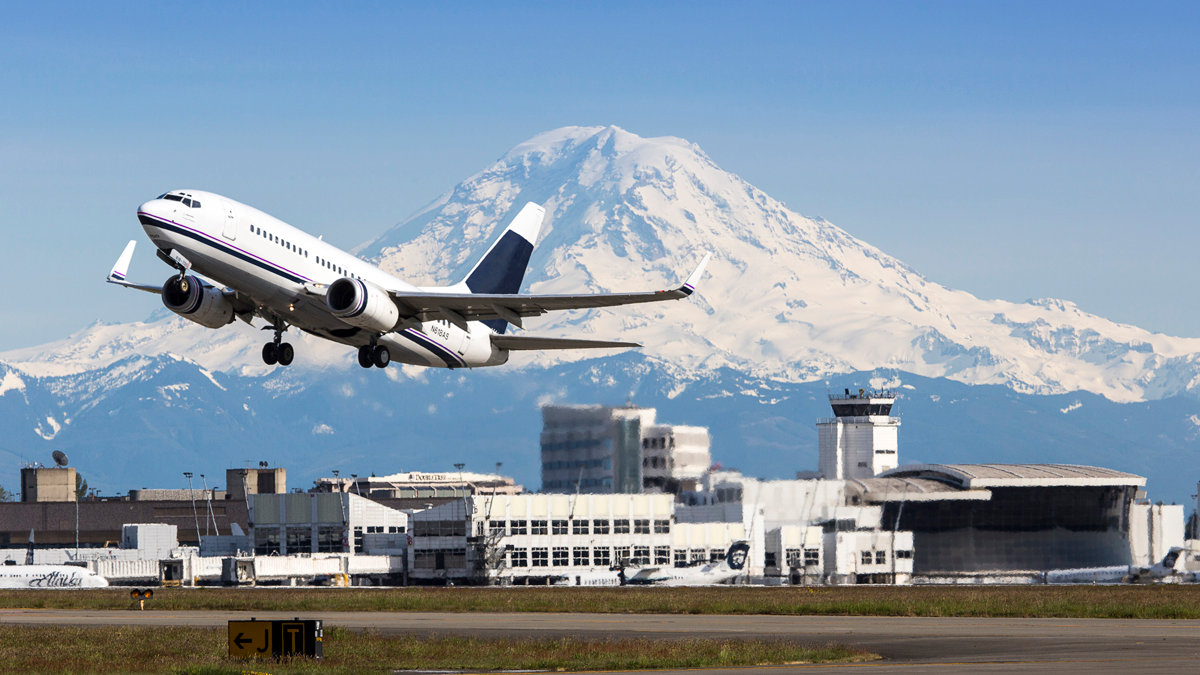
Day 2 of a two-part Summit to bring together communities, researchers and policymakers to develop solutions that promote health and well-being in airport communities
Event Details
WHEN: Saturday, July 17, 8:00 AM- 2:00 PM (Pacific Time), 2021
A link to the zoom meeting will be e-mailed to all registrants on Thursday afternoon and Friday morning in advance of the event. Please check your spam folder or e-mail lhayward@uw.edu if you do not receive an e-mail by Thursday evening Pacific Time.
AGENDA:
HOW: Livestreamed event with workshop and breakout sessions throughout the day.
WHAT: A virtual event to talk about the impact of the aviation industry on people and the planet and promote solutions.
REGISTRATION: Registration is free.
Thank you to those of you who attended the first-ever Aviation Impacts Solutions Summit Day 1. For those of you who missed it, you can watch the recording here:
You will receive an email with the Zoom link for Day 2 of the Summit a few days before the event on July 17. If you have not registered for Day 2 you can still do so.
The following information is to briefly outline our planning for Day 2. The agenda includes 6 categories of “topics.”
TOPICS
Noise and Health
Air Quality/Climate/Health
Community Organizing/Environmental Justice Panel with Q & A
Legislative Roundtable with Q & A
Academic Roundtable with Q & A
Emerging Technologies/Alternative Fuels/Industry solutions
Participants may join into any one or more topical groups as they wish. At the start of the first two groups and the last group, we will briefly introduce the topic and then move into smaller discussion, “break-out” groups. Panel and roundtable presenters can talk briefly (about 2-3 minutes each) about their work and next steps followed by a Q & A period. The last group will include specific topics that participants can choose from for break-out discussion.
Each break-out group will include a moderator and/or a host. For instance, after our introduction to the Summit at 8:00 am to 8:15, we will divide people into four or more break-out groups to discuss “noise” with a focus on problems/solutions/next steps. Within our invitee list we have experts in impacts, metrics, legislation, academic pursuit and community exposure/health, etc. and expect there will be robust and interesting discussions. Please see our solution list below for suggestions on discussions.
After discussion, we will reconvene in the larger group to share key takeaways and next steps. In many of the topics we have included a 15-minute buffer for going over time or a short break with a longer break between 11:30 to noon for lunch/dinner. You can stay on the zoom during this period or dial back in with the same link at any time during the day's schedule.
We have conducted a survey and asked people for their problem/solution ideas (below). This is not a comprehensive list but meant to promote discussion. Any break-out group can discuss any one or more of these ideas or can talk about ideas not included on the list. At the end of the day, we will have a discussion about creating solution teams and next steps in our process.
Thank you again for your valuable time, knowledge and expertise and we look forward to seeing you on the 17th!
Solution Summit Team
SOLUTION TOPICS
1) Fly less: more expensive flights, escalating scale for frequent flyers (rather than rewards for miles, do the opposite, charge for frequency) Worked for the pandemic, especially government & business by zoom.
2) Alternate fuels: Bio-fuels, hydrogen
3) Mitigation: air filtration, monitoring, noise insulation, noise reduction R & D
4) Reducing noise and emission exposures, risk, toxicology, epidemiology, mapping
5) Spread out the problem/New airports
6) Alternate transportation modes/infrastructure improvements
7) Electric/hybrid aircraft for short hops
8) Legislative priorities-holding FAA accountable to communities, state and congressional actions
9) Health/community interventions, education, care, learning how to live safer lives-outreach to vulnerable groups, environmental, social justice
10) Land use (buy-outs, treed buffers) safe zones
11) Controlling growth, control scheduling, using paths that are clear or not over residential areas below 3,000 feet – Use GBAS guided trajectory technology to reduce noise, eliminate NextGen, include community members in decision-making, different paths at night, curfews, alternate metrics, community agreements
12) Creating a social movement